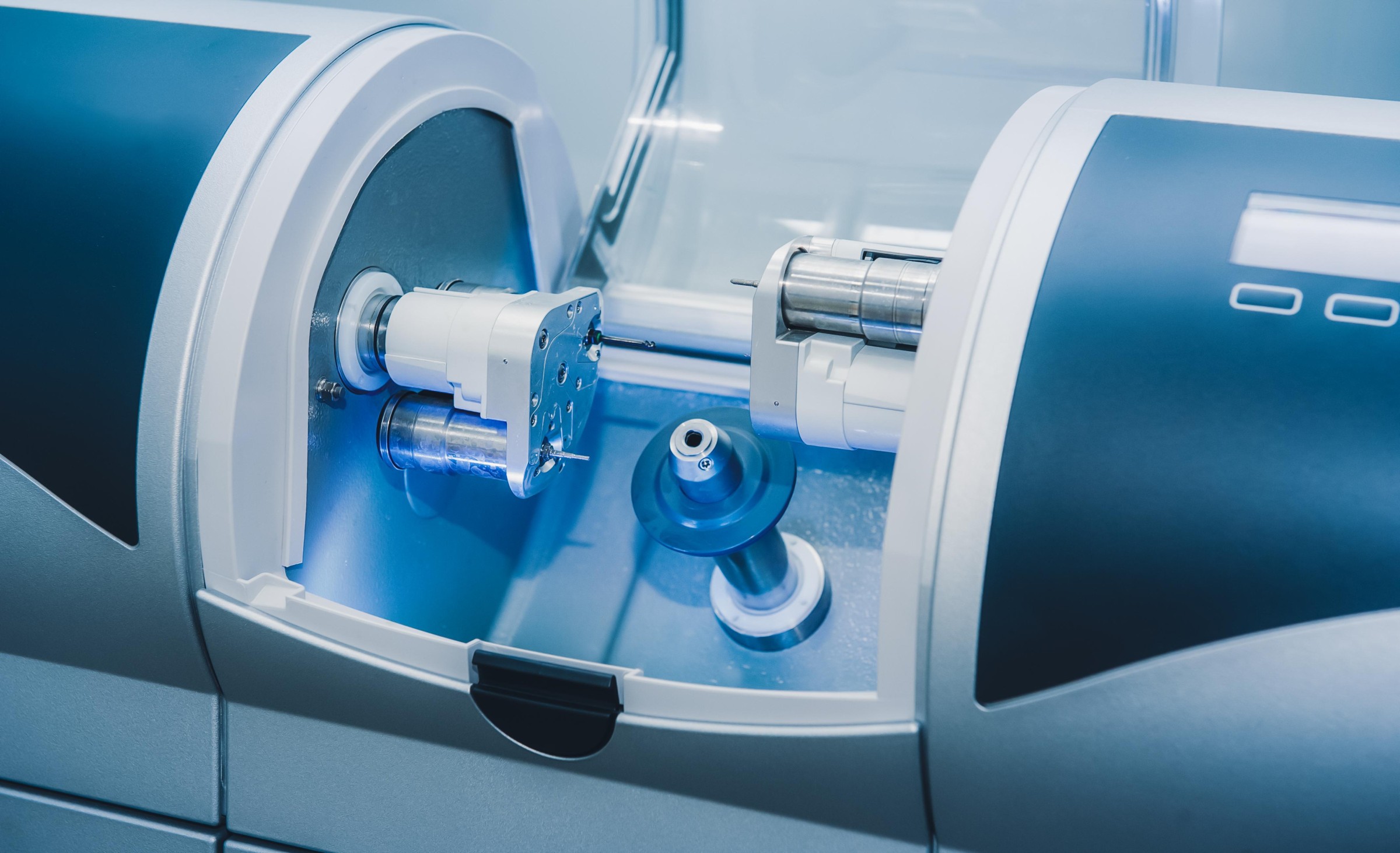Our clinic
Welcome to a new era of dental care, where luxury meets precision

We possess a profound medical heritage that informs every aspect of our practice, ensuring your dental health is nurtured with expert knowledge and unwavering attention to detail.


At our clinic, we are deeply committed to delivering exceptional dental care, ensuring each visit enriches your health and well-being with cutting-edge treatments tailored just for you.
Our dedication extends beyond the dental chair, as we foster a welcoming environment where your comfort and care are paramount, and our team of experts employs the latest advancements to craft not just smiles, but lasting relationships built on trust and excellence.

Meet Our Team
A Team Of Professionals

Dr. Hadi Akl
Cosmetic Dentist and Chief Dentist
Dr. Hadi Akl, founder and chief dentist of Hadi Akl Cosmetic Dentistry, is acclaimed for advancing dental innovation with technologies like CAD/CAM and Digital Smile Design. His practice stands as a testament to his commitment to patient satisfaction and his unwavering dedication to the art and science of cosmetic dentistry.
Experience
30+ years of professional experience
Languages
English, Arabic, French

Dr. Joyce Rahi
Restorative and Aesthetic Dentist
Dr. Joyce Rahi, a skilled restorative and aesthetic dentist at Hadi Akl Cosmetic Dentistry, excels in providing patient-centered care with a gentle and kind approach. Her expertise in creating beautiful, functional smiles is matched by her dedication to making each patient’s experience comfortable and reassuring.
Experience
15+ years of professional experience
Languages
English, Arabic, French
OUR TECHNOLOGY
Revolutionizing Smiles Cutting Edge Technology at Hadi Akl Cosmetic Dentistry
At Hadi Akl Cosmetic Dentistry, we utilize the latest technological advancements to transform your dental experience. Our state-of-the-art technology and techniques ensure precise, pain-free, and efficient treatments leading to a deeply rewarding and exceptionally tailored dental journey.
Learn More
OUR TECHNOLOGY
Cerec Computer Aided Design System
Facilitates the precise and rapid creation of dental restorations from digital models, significantly enhancing treatment planning and execution.
Learn More

OUR TECHNOLOGY
Cerec MC XL Milling Machine
Streamlines the creation of dental restorations like crowns, veneers, inlays, and onlays from a single block of ceramic, providing fast, efficient, and precise treatments.
Learn More
Latest News & Media
View Blog
Web Release
Discover the Art of Cosmetic Dentistry with Dr. Hadi Akl
If you're seeking a flawless smile crafted with precision, artistry, and cutting-edge dental technology, look no further than Dr. Hadi Akl, widely recognized as one of the best cosmetic dentists in Lebanon.
read article

Web Release
Discover the Best Dentist in Lebanon: Dr. Hadi Akl’s Premier Dental Clinic
read article
TESTIMONIALS
Patients' Testimonials
Hear directly from our beloved patients as they share heartfelt stories of renewed confidence and life-changing smiles, courtesy of our dedicated dental care.

Patients' Testimonials
